I want to use the FT231X as UART-to-USB adapter, with a ESP32 as UART host.
Schematic:
I can confirm that the ESP32 outputs the correct UART messages via the ESP32_U2TX pin (confirmed with oscilloscope). I also can access the FT231X chip via the Windows device manager and also via the FT_Prog Tool provided by FTDI.
I don't want to use hardware flow control, therefore I pull the CTS pin of the FT231 to 0 V. I can confirm that the FT231 chip is not in sleep mode, because FT231_SLEEP is constant at 3.3 V. The FT231 is also sending at least something to my PC (also measured with oscilloscope), but the TXLED of the FT231 never gets triggered, which is the first problem. In the end I can't receive any UART messages on my PC.
Any idea how I can debug further?




